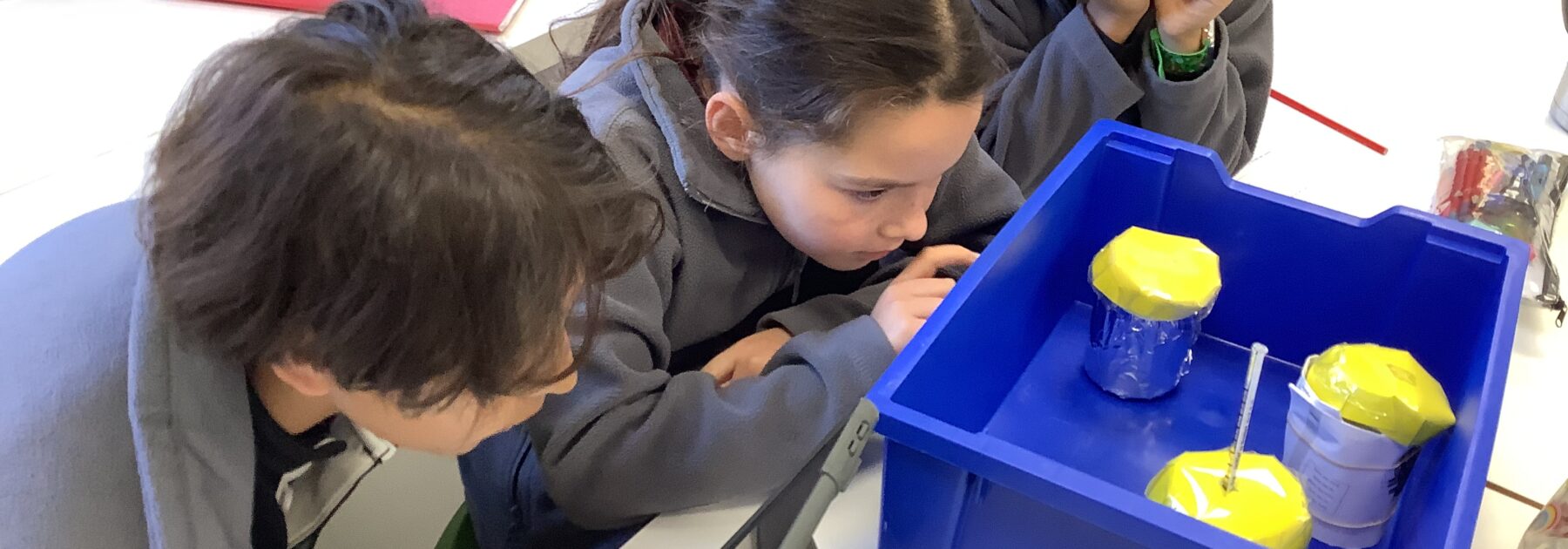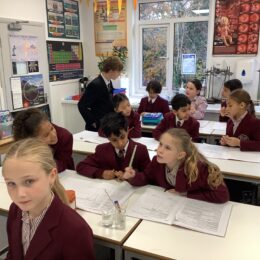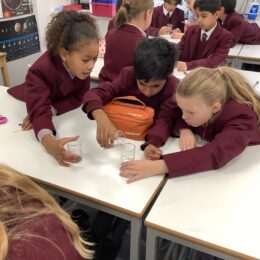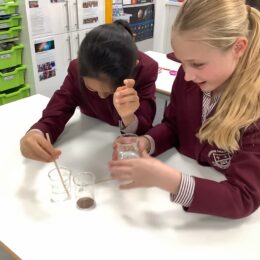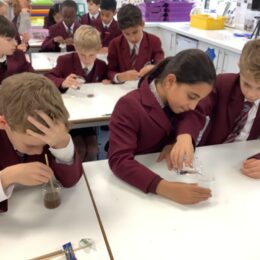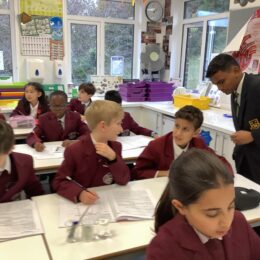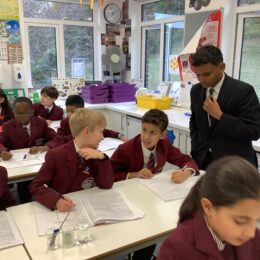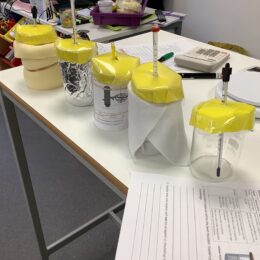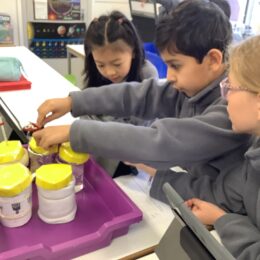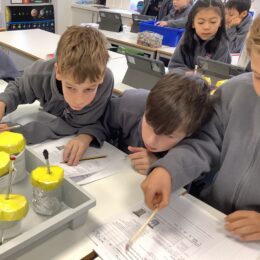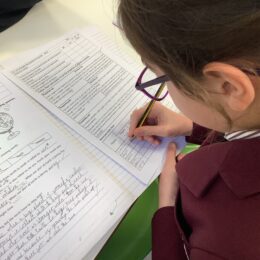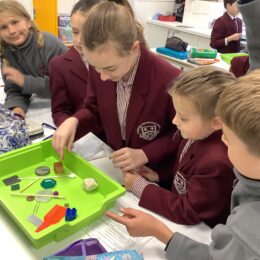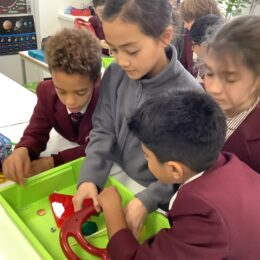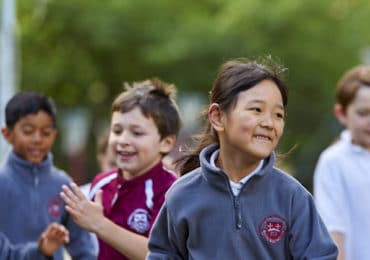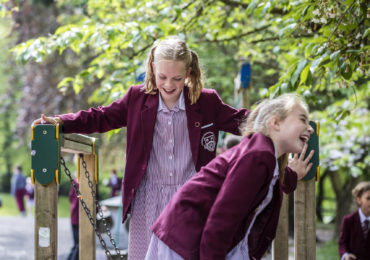Fun and Discovery in Science Practicals
Year 5 have reached the exciting science unit where we are looking at the chemistry and physics of materials. This week we have enjoyed a practical in every lesson – at the start of the week we researched dissolving and looked at which materials would become fully incorporated into a liquid to form a solution, rather than a suspension. In groups, we debated predictions whether sugar, salt, coffee granules, tea leaves, gravy powder, flour and rice would dissolve, using our prior ‘real world’ experience. We were really surprised by some of the results especially the coffee, which fully dissolved to make a dark brown solution, and gravy which made a cloudy brown suspension. We discussed why it was the case where while they looked so similar, they behaved differently and if an actual coffee bean would dissolve or just some of the materials inside it.
By the end of the week, we were looking at how insulators behave and made predictions of how well sponge, paper, tin foil, and felt would compare to plain glass when the temperature of hot water was measured every 3 minutes. A lively debate struck up when we compared class results to find the back table of the lab had different results to the front – whilst sponge and felt kept the water the warmest over 15 minutes for everyone, tin foil lost the most heat at the front bench and plain glass lost the most from the back bench. When we analysed our surroundings, we noted the windows were open at the back of the lab and could well have had an impact. When we repeat the experiment in the future, we agreed this needed to be added to our ‘controlled variables’ list.
We were most fortunate to benefit from the help of two of our Year 10 senior school lab assistant volunteers to offer words of advice and practical experience. The Prep School children really enjoyed and benefitted from the senior pupils, who volunteer weekly as part of their Duke of Edinburgh award.
Next week we are looking at when solutions reach ‘saturation point’ and how stirring and temperature can affect this – the Year 5 Caterham chemists are on the case!
Meanwhile, while looking at the properties of materials, we analysed transparency, magnetism, density, flexibility, mass, hardness, if they were porous and if they were buoyant in water. We had some surprising results with wood when we compared wooden cubes with strips of wood and saw how materials can change their behaviour depending on how they are presented or prepared. All results were carefully recorded in tables so we could compare all of the materials at a glance.
Great work Year 5 – you classified and categorised like true scientists!
Mrs Hills-Matthews
Back to all news

